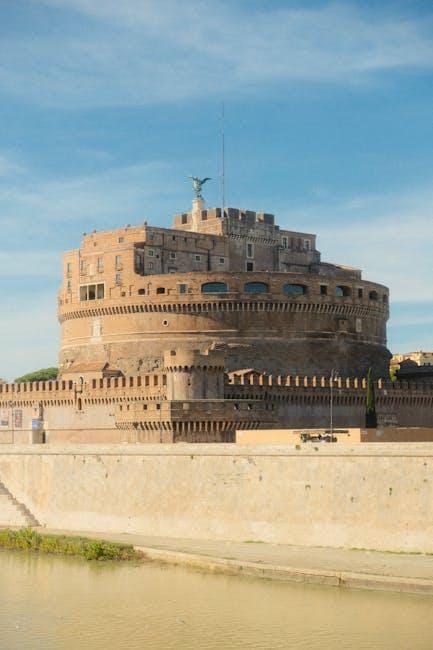How did the Harlem Renaissance contribute to the development of modern dance forms?
Artistic Influence of the Harlem Renaissance on Modern Culture
The Harlem Renaissance was one of the most influential cultural movements in American history. Spanning the 1920s and 1930s, it was a time of profound change, where African American artists, writers, musicians, and intellectuals rose to prominence. This article explores the continued artistic influence of the Harlem Renaissance on modern culture, examining its impact on contemporary art, literature, music, and social movements.
Introduction
The Harlem Renaissance marked a turning point in the cultural and social landscape of the United States. Emerging in the New York neighborhood of Harlem, this movement gave rise to a new wave of creative expression that highlighted African American culture and heritage. Today, the reverberations of the Harlem Renaissance can still be felt across various aspects of modern culture.
Impact on Modern Art
The influence of the Harlem Renaissance on modern art is undeniable. During this period, artists like Aaron Douglas and Jacob Lawrence created works that celebrated African American life and history. Their unique styles and thematic concerns laid the groundwork for future generations of artists.
Modern artists continue to draw inspiration from the Harlem Renaissance, incorporating its themes and aesthetics into their work. Museums and galleries often hold exhibitions dedicated to the era, showcasing the lasting impact on contemporary art forms.
Influence on Contemporary Literature
The literary contributions of the Harlem Renaissance, with figures such as Langston Hughes, Zora Neale Hurston, and Claude McKay, continue to shape contemporary literature. These writers explored themes of racial identity, social justice, and cultural heritage, paving the way for future literary movements.
Today, modern authors frequently reference and build upon the works of Harlem Renaissance writers, ensuring that their legacy endures. Contemporary literature often reflects the cultural richness and diverse perspectives that were hallmarks of the Harlem Renaissance.
Musical Legacy
The Harlem Renaissance played a crucial role in the evolution of music, particularly jazz and blues. Musicians like Duke Ellington, Bessie Smith, and Louis Armstrong revolutionized the music scene, introducing new sounds and styles that had a lasting impact on global music culture.
Modern musicians and genres owe a debt to the Harlem Renaissance. The improvisational nature of jazz, the soulful depth of blues, and the vibrant energy of swing continue to influence contemporary music. Hip-hop and R&B artists often pay homage to the pioneers of the Harlem Renaissance, blending classic elements with modern innovation.
Social Movements and Cultural Identity
The Harlem Renaissance was not just an artistic movement but also a powerful social and political force. It empowered African Americans to embrace their cultural identity and challenge systemic racism and segregation. This movement laid the groundwork for the Civil Rights Movement of the 1950s and 1960s.
Today, the spirit of the Harlem Renaissance can be seen in contemporary social movements that advocate for racial equality and justice. The emphasis on cultural pride, community, and resistance continues to inspire and energize activists and influencers around the world.
Notable Figures of the Harlem Renaissance
| Name | Contribution |
|---|---|
| Langston Hughes | Poetry and Literature |
| Zora Neale Hurston | Literature and Anthropology |
| Duke Ellington | Jazz Music |
| Aaron Douglas | Visual Art |
| Claude McKay | Poetry and Novels |
Conclusion
The artistic influence of the Harlem Renaissance on modern culture is profound and far-reaching. It has left an indelible mark on art, literature, music, and social movements, inspiring countless individuals and communities. As we continue to celebrate and build upon this rich cultural heritage, the legacy of the Harlem Renaissance remains a testament to the power of artistic expression and cultural identity.
By understanding and appreciating the contributions of the Harlem Renaissance, we can better appreciate the diverse tapestry of modern culture and the enduring impact of this pivotal era in American history.
